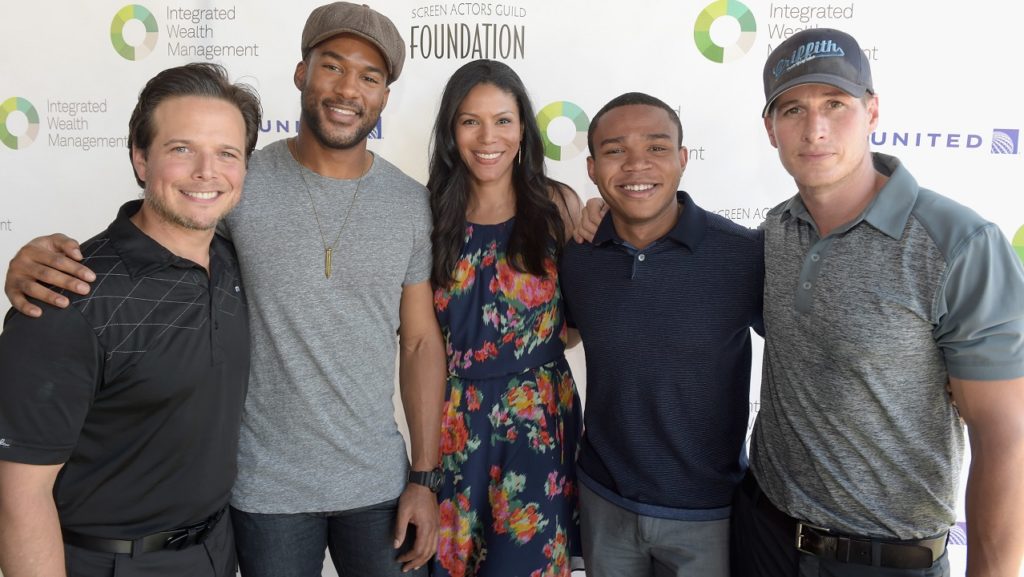
Maryanne Dersch
Special to the Philanthropy Journal
By Maryanne Dersch
Do you ever feel like finding your dream donor is like finding a dream date? You go on lots of coffees and dinners only to realize it is not a match. And you worry you won’t find anyone. Or, you do go on a few dates, there’s not a connection, and no one is willing to say it, so you go back and forth for a few weeks until the relationship fizzles out. It can be depressing to keep trying and not connecting. How can you connect with those like-minded people who share your organization’s passion and mission?
-
Stop trying to make people care
Forget about trying to convince people to care. Your job is not to convince people of the worth of your organization. Everyone has their own philanthropic heart, and you can’t change what’s in it. Your job is to be strong in message to attract those who share your vision and mission. Then, you persuade them that your organization is the best choice for the change they seek in the world. When you stop trying to convince and start connecting with like-minded people, you already have a shared affinity from which to build a relationship.
-
Design your dream donor
To attract your donor love match, be very clear about who you want to attract. Who is your favorite donor? The person you love to work with because the energy and ideas flow easily? The person who consistently sees your organization at its highest and best? Imagine an organization full of that person.
Now develop a profile for that person, called an avatar: demographics, habits, hobbies, what they watch, listen to, read and where they spend their social media time. Think of that dream donor’s pains and gains. Pains are what their challenges are, what keeps them up at night. Gains are the change they want to see in the world. Get detailed! Give them a name, age, outfit, whatever it takes to bring this to life.
Nonprofits tend to want to appeal to as many people as possible. Resist this temptation. Focus on speaking to your dream donor. If you have a different product, say a program or volunteer opportunity, that means a new avatar for each one. Think about this: the less avatars you have, the more likely you are to reach them and your goals. The more specific you can be about who you want to attract, the more likely you will attract them.
-
Establish an emotional connection
Your organization makes a promise to everyone it interacts with and it is called a brand promise. This is the emotional connection that your organization makes that says, “You can trust us to deliver.” You start with this connection and then build from there. Brand promises aren’t said, they are understood. Look at companies you know. Target’s brand promise is for you to have a good experience in the store, and they deliver on that. They never explicitly state that, yet you feel it when you shop there.
How do you develop a brand promise? You ask the same questions to your avatar or folks like them and look for the strongest, deepest emotional connection.
- What first attracted you to this organization?
- Why do you love us?
- What do you tell your friends or colleagues about us?
The benefit of a solid brand promise is that the whole organization and all your communications can be built on that connection. It allows your messages to be focused and relevant to your avatar because it taps into their personal pains and gains. When we form relationships, it starts with an emotional connection. Make sure you are communicating that connection.
Here’s an example of a brand promise. Justine Petersen gives loans to low- and moderate-income people to start businesses or buy homes — most of whom the traditional banking system would reject. The brand promise is, “You are worthy of investment.” People who come to Justine Petersen, many for the first time, feel their worth as business owners or home owners. This permeates the organization in how the receptionist greets clients, to how the loan counselors interact with clients, to the annual report and the website.
-
Focus on being of value to your donors
The more value you can have in others lives, the more successful you will be in your fundraising efforts. Stop thinking about your needs and focus on being of value to your donors or potential donors. How can you serve them? Two best ways are:
Connection
Give them connection to the value they have to your organization. Make sure they understand how important they are to your mission. Get to know them as individuals…their passions, pains, hobbies and habits.
Community
The most basic need we have as people is to be in groups. Your donors need to feel like they are a valued part of a group community. This can be at events, in social media groups or pages, in giving clubs or societies.
Focus on serving your avatar with connection and community with all your outreach efforts.
-
Drop the elevator speech
What? That trusty elevator speech that is not useful because when are you on an elevator? If you were on a date, would you pitch someone about yourself? No. Stop pitching and start listening. Really listen. Without trying to figure out what you are going to ask and when and how much.
This is what you do instead. You lead the conversation with a “preframe.” A preframe sets the stage for how the conversation will flow and stops all the head games and unspoken thoughts. People want to be led so to set the preframe relieves their anxiety. It goes like this:
“I am so glad we are meeting today. What I would like is to propose is a format to this conversation. First, I want to hear all about you and your personal mission and philanthropic goals. As we talk, I will give you advice, input or ideas. After I understand where you are coming from, I will tell you about my organization. From then, we can decide TOGETHER if this is a fit and if it is, what that next step looks like. We can also decide that it is not a fit, and that is ok, we can be referral partners. Does that sound ok to you?”
Note that you said you decide together. No pitches, no agenda. Listen and decide together.
-
Expect nothing
Repeat after me: I HAVE EVERYTHING AND NEED NOTHING. This is your mantra. You go into the relationship not needing or expecting anything. When you do, you can open yourself up to possibilities you may not have even considered. People can smell need and desperation and they want to run. And if it is a donor love match, great. If not, they will be fine, you will be fine.
-
Stop the fantasy relationship
Stop pretending to have connections when you don’t and let the other person off the hook as well. Let them know that you appreciate their time and their interest, and hope they learned about your organization. Thank them for meeting and getting to know your organization. The one call to action could be to agree to be referral partners. You might invite them on an email list. And that’s it. Stop chasing. They will respect your leadership and honesty, and that will do more than trying to sell them on the worth of your organization.
Maryanne Dersch works with nonprofits to create brands of attraction so they can connect with like-minded donors and raise more money. She is author of Courageous Communication: how codependence is making your nonprofit brand boring and what to do about it and founder of Courageous Change workshops.





